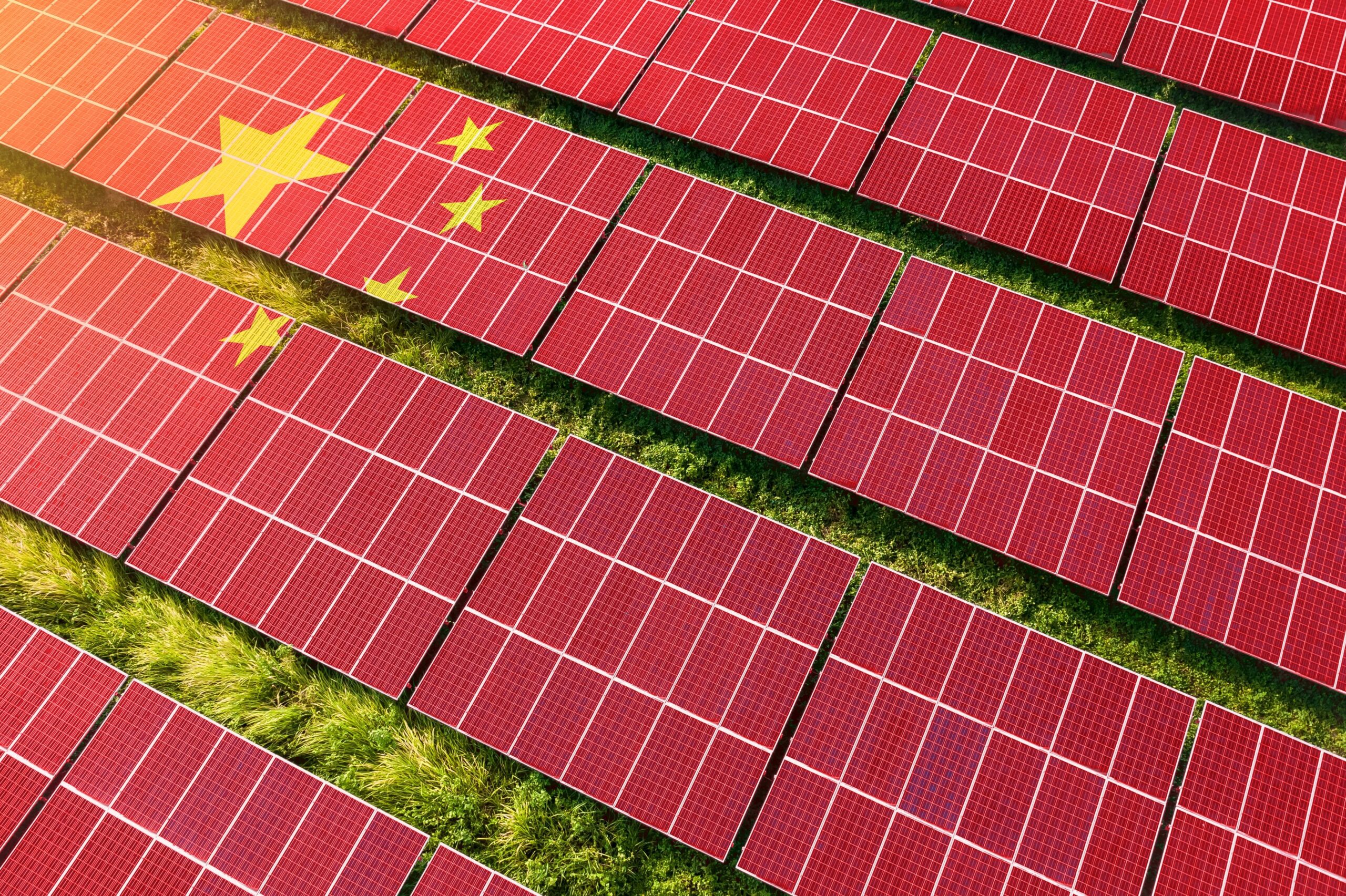-
China’s Role in Financing the Energy Transition in the Global South
As the world inches closer to the critical 1.5°C warming threshold, the demand for decisive climate leadership has never been more pressing. The US withdrawal from the Paris Agreement on January 20, 2025 has left a leadership void. The confluence of these events also has raised the question of whether China can do more to fill the finance gap and help Global South countries decarbonize.
Last November’s climate conference (COP29) in Baku had already put this challenge at center stage. Negotiations over the New Collective Quantified Goal on Climate Finance — a global framework for channeling financial support to developing nations — focused heavily on who should contribute.
Developed countries pointed to China’s growing economic power and significant carbon footprint and urged Beijing to join the ranks of financial backers. Yet Chinese officials pushed back, highlighting the nearly $24.5 billion China already has invested in climate-related projects in the developing world since 2016.
While the Baku debate raised the international profile of the funding question, China also faces domestic hurdles that limit its capacity to expand climate finance. Substantial local debt, a faltering real estate sector, and sluggish consumer spending place a considerable demand on its public resources, and leave limited space for additional international commitments.
Western nations also face their own fiscal constraints. So perhaps the real challenge lies not in diverting China’s already overstretched public funds to international climate assistance, but rather in mobilizing greater overall private investment in renewable energy projects across developing countries.
The Belt and Road Initiative and other multilateral mechanisms are offering Chinese clean energy companies and banks a chance to showcase pathways to boost decarbonization in the Global South. Chinese renewable energy, EV and battery investments in Southeast Asia and beyond are sparking a cycle of clean energy expansion and industrial growth. Yet while project-based funding provides a vital proof of concept in these energy markets, the capacity building for energy reforms in which western aid agencies excel also is essential.
The Nature of Financing Challenges
Investors’ perceptions of high risks have meant that renewable energy projects in many developing countries remain underfunded, even as wind and solar have become significantly cheaper. They often cite challenges including land acquisition delays, outdated planning frameworks, opaque procurement processes, regulatory complexity, and underdeveloped local capital markets.
Taken together, these issues compel investors to demand higher returns, thus raising the cost of capital. For instance, the cost of capital for utility-scale solar PV in developing countries (excluding China) is more than double that of developed economies.
High capital costs also discourage developers, and widen the financing gap in many developing countries. While global renewable energy investment reached US$771 billion in 2024, only 15% of that total went to the developing world outside China. Given their large population and fast-growing economies of these nations, this level of investment is inadequate.
China as Catalyst?
Tackling these financing challenges and attracting large-scale private investment requires more than project-specific measures to lower risk such as blended finance. It also calls for systemic reforms to address renewable energy risks on a broader scale.
Yet the task of implementing such reforms in countries of the Global South often proves to be no small feat. Indonesia’s ambitious net zero goals are hampered by its continuing dependence on coal. This sluggish progress in eliminating fossil fuel subsidies in Indonesia –and in many other developing countries—further highlights the substantial challenge of aligning climate commitments with meaningful policy reforms.
China’s strengths in clean technology and infrastructure development can play a pivotal role in catalyzing the deeper reforms which may unlock large-scale investment across developing countries.
Scaling up China’s support for strategically important projects is one key step. Fostering green industrialization can be achieved by integrating solar power with battery storage, or creating a network infrastructure that connects renewable energy zones with demand centers. Chinese private battery and EV companies already are driving such technology transfers and job growth through joint ventures in Thailand.
Many of these projects help lower energy costs, create job opportunities, and restructure fossil-dependent economies around emerging clean technology industries. But the ripple effects that follow investments by Chinese companies in this sector are significant. As people in the Global South experience these economic and environmental improvements firsthand, this recognition of the transformative potential of renewable solutions should win their support for the broader changes necessary to sustain their progress. Such bottom-up support is essential to generate the political will to push for deeper essential energy reforms.
A Win-Win Scenario
Project-oriented strategies create a win-win scenario: they enable Chinese PV, EV, and other energy technology companies to expand markets in emerging markets and help accelerate the energy transition and low-carbon development in the Global South. These growing low-carbon investments also can spark countries to push for grid and storage investments.
China’s clean technology industries — particularly the “new three” sectors; photovoltaic, lithium-ion batteries and new energy vehicles — have emerged as key engines of growth in China as well. This has proved important as traditional economic drivers inside China, such as the real estate sector, local government spending, and foreign investment, continue to slow.
As Western markets offer fewer investment prospects, the Global South stands out as a promising avenue for Chinese manufacturers and investors. Pursuing these opportunities also creates ample space in which to expand the “software” of China’s clean technology ecosystem: producer services sectors including product design, research, consulting, and financial services. By fostering these capabilities, China is evolving toward a more innovation-driven “Made in China” model.
China’s domestic success in renewable, battery and EV industries stems from decades of sustained policy support, investment, R&D, and the development of integrated industrial clusters. So rather than starting from scratch, some Global South countries are tapping China’s technological and industrial expertise to accelerate their own low-carbon industries.
Wider Cooperation
Energy hunger in the Global South is exploding. Southeast Asia’s booming economies alone will account for 25% of global energy demand by 2035. No one country can supply this market. Western donors, such as the EU’s Global Gateway Initiative, and multilateral development banks are well-placed to support energy reforms across the board, thanks to their deep-rooted partnerships in the region.
Collaboration, parallel action, and even competition between China and western countries to develop energy infrastructure and policies in emerging markets could help unlock significant new business opportunities in renewable energy and economic growth for all.
This blog is part of the China Environment Forum’s China and the Global Energy Transition project that is exploring China’s role in promoting a clean energy transition in the Global South.
Muyi Yang is a Senior Energy Analyst at Ember, Secretary of the International Society for Energy Transition Studies, and a non-resident senior policy fellow at Asia Society Australia.
Xunpeng Shi is a Research Principal at the Australia-China Relations Institute in the University of Technology Sydney, President of the International Society for Energy Transition Studies, and an advisor at Ember.
Sources: Carbon Brief, China Council for International Cooperation on Environment and Development, China Daily, China Economic Net, CNBC, The Conversation, The Diplomat, The Economic Times, Ember Energy, European Commission, Fortune, International Energy Agency, Nikkei Asia, Organisation for Economic Co-operation and Development, Oxford Bibliographies, PRC (Government Press Release), World Economic Forum, World Meteorological Organization, World Resources Institute
Photo credit: Solar farm superimposed with flag of China. Symbolizing solar power and panel demand, renewable energy industry, government policy, and sustainability initiatives in the country. Photo courtesy of Shutterstock.com / MDV Edwards
 A Publication of the Stimson Center.
A Publication of the Stimson Center.









